Smart Sips for Kid’s
*This is a sponsored post. All thoughts and opinions are my own. Water is the most essential nutrient for life, but sodas, sports drink, and other sugary beverages are crowding calorie-free water out of kids’ diets. Today, children and teens should be reaching for the calorie-free sip of water. Soft drinks alone make up some 25 percent of all added sugars. One 12-ounce sugar-sweetened beverage contains about 10 teaspoons of sugar. Another strike against sugary beverages: the calories in liquids don’t trigger fullness like the number of calories from food. 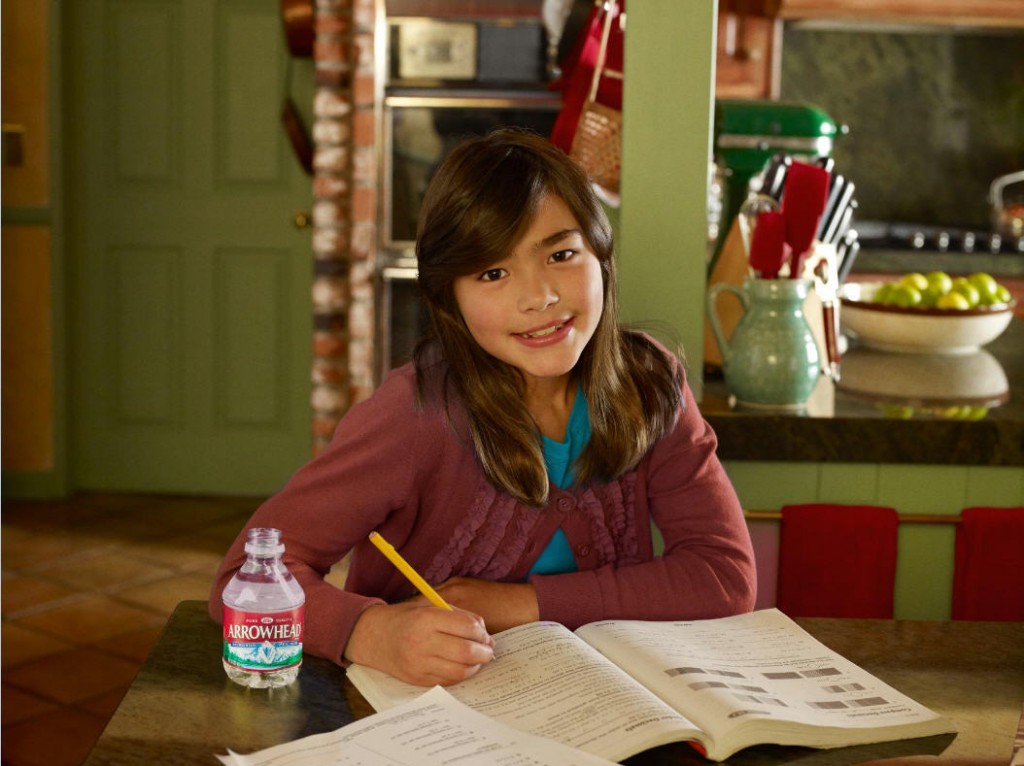 A study with more than 4,500 children ages 4-13 found that one-quarter reported not drinking any water on two consecutive days and water accounted for less than 30 percent of their total beverage intake. Another study found that among school aged children from Los Angeles and New York City, 75 percent did not drink water before school.
A study with more than 4,500 children ages 4-13 found that one-quarter reported not drinking any water on two consecutive days and water accounted for less than 30 percent of their total beverage intake. Another study found that among school aged children from Los Angeles and New York City, 75 percent did not drink water before school.
According to the American Academy of Pediatrics: Water, not sports or energy drinks, should be the principal source of hydration for children and adolescents. 100% fruits juice should be limited to 4 to 6 oz. per day for children 1-6 years old and 8 to 12 oz. for 7 to 18 years old. In the past 30 years, childhood obesity has more than doubled in children and quadrupled in adolescents. Nearly one-third of children and teens are currently obese or overweight, and childhood obesity is a major predictor of obesity and other chronic conditions in adulthood. Among 16- and 17- year olds, approximately 80 percent of obese boys and 92 percent of obese girls will become obese adults. The health consequences of obesity, if left unchecked will be devastating. The issue to consider is what are children drinking. Kids who reach for sugar-sweetened drinks instead of water to satisfy their thirsts are introducing added sugars and calories from beverages into their diets. 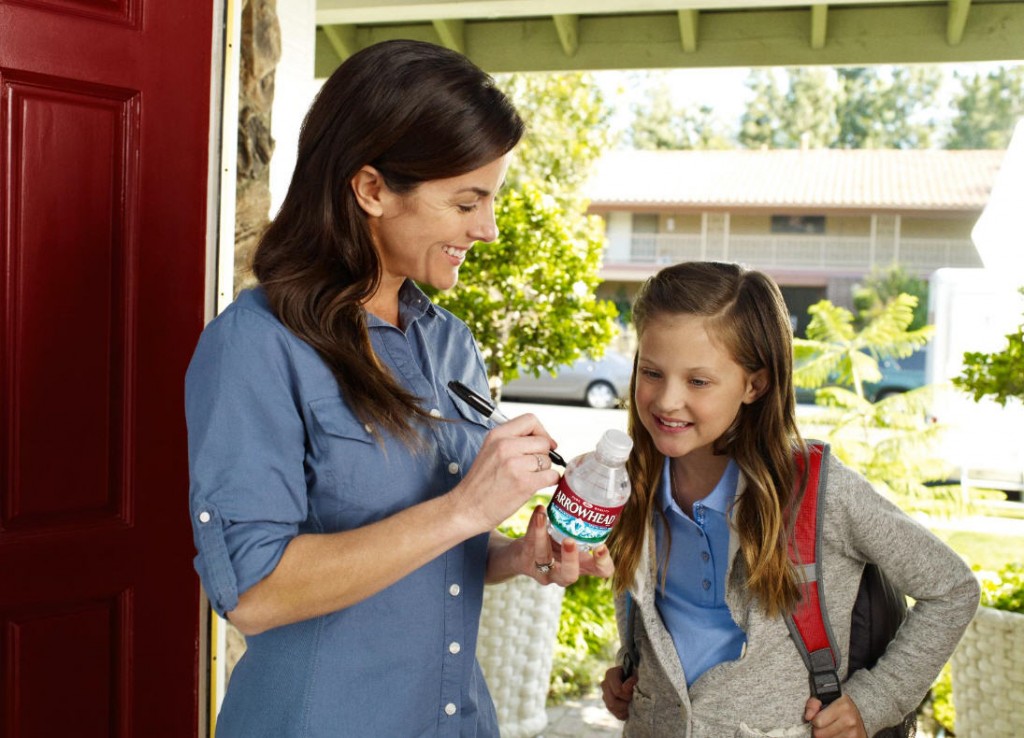 Replacing a single 12-ounce, 140-calorie sugar-sweetened beverage with water each day for a year can cut more than 50,000 calories per year from one’s diet. And it’s a simple swap to make, thanks to convenient and portable sources of water, like bottled water. Studies show that if bottled water isn’t available, 63 percent will choose soda or another sweetened beverage. As a calorie-free beverage, water is an integral part of a healthy diet and may be a step toward helping to curb the obesity epidemic.
Replacing a single 12-ounce, 140-calorie sugar-sweetened beverage with water each day for a year can cut more than 50,000 calories per year from one’s diet. And it’s a simple swap to make, thanks to convenient and portable sources of water, like bottled water. Studies show that if bottled water isn’t available, 63 percent will choose soda or another sweetened beverage. As a calorie-free beverage, water is an integral part of a healthy diet and may be a step toward helping to curb the obesity epidemic.
Enjoying water such as Arrowhead Mills or Nestle Pure Life for at least half of your total beverage servings every day can help you limit your calories from beverages. Sparkling water can be a change of pace from sweetened caloric drinks. Beverages take a bigger bite out of your daily calorie budget than your might think. Choose water for calorie-free refreshment and other beverages based on nutrient and calories content. Increasing evidence shows that what we drink is as important as what we eat. With little guidance on what to sip, it’s no surprise that many children and adults are choosing high-calorie beverages that increase added sugars in their diet. Half of all children and adults drink at least one sugar-sweetened beverage per day and those beverages are the leading source of added sugars in the diet. What’s more, about 20 percent of our total daily energy intake is from beverages alone. 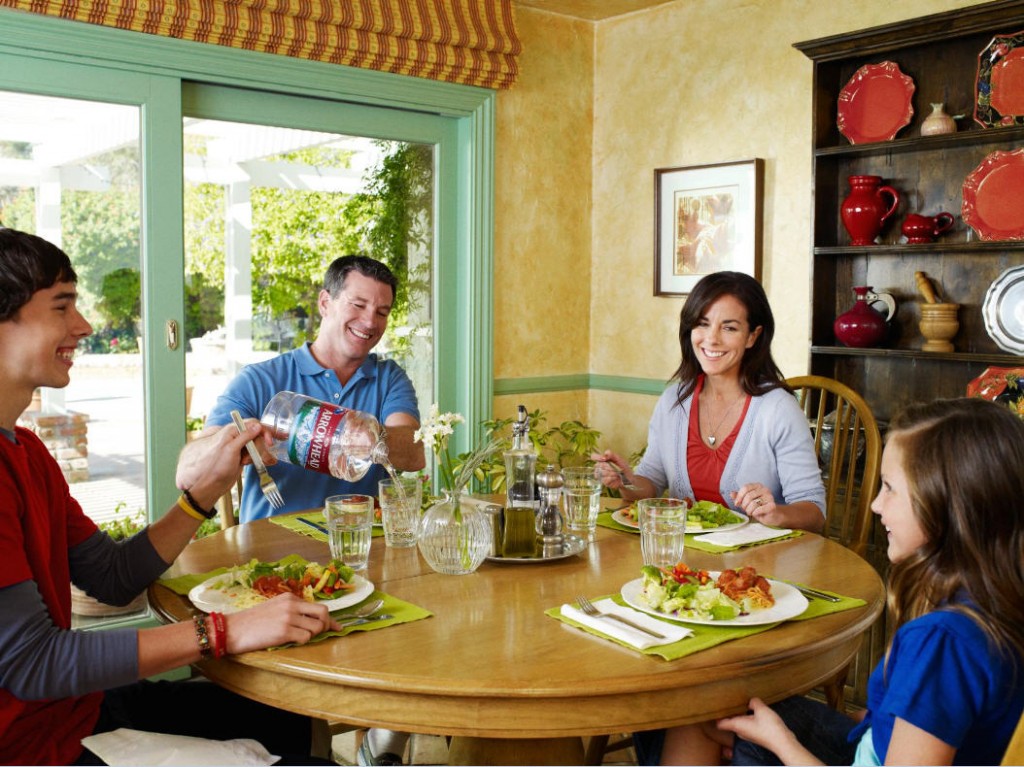 Two out of three American adults and one out of three children are overweight or obese. Urging people to drink more water and unsweetened sparkling water in place of sugar-sweetened beverages may be a key strategy to help people meet the recommendation outlined in the U.S. Dietary Guidelines for Americans. Bottled water sales have helped reverse decades of soft drink growth. As compared to 2003, American are drinking 11 gallons less per person of carbonated soft drinks annually. Whether spring, mineral, sparkling or purified, bottled water has saved Americans billions of calories.
Two out of three American adults and one out of three children are overweight or obese. Urging people to drink more water and unsweetened sparkling water in place of sugar-sweetened beverages may be a key strategy to help people meet the recommendation outlined in the U.S. Dietary Guidelines for Americans. Bottled water sales have helped reverse decades of soft drink growth. As compared to 2003, American are drinking 11 gallons less per person of carbonated soft drinks annually. Whether spring, mineral, sparkling or purified, bottled water has saved Americans billions of calories.
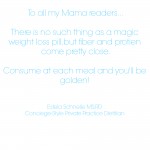
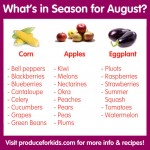

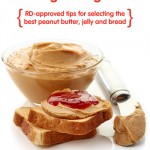

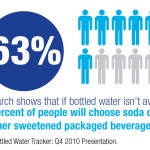



Comments are closed.